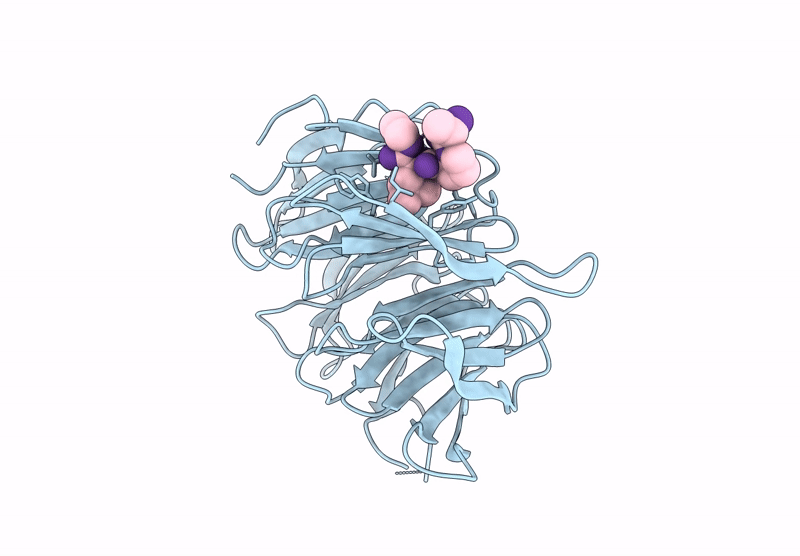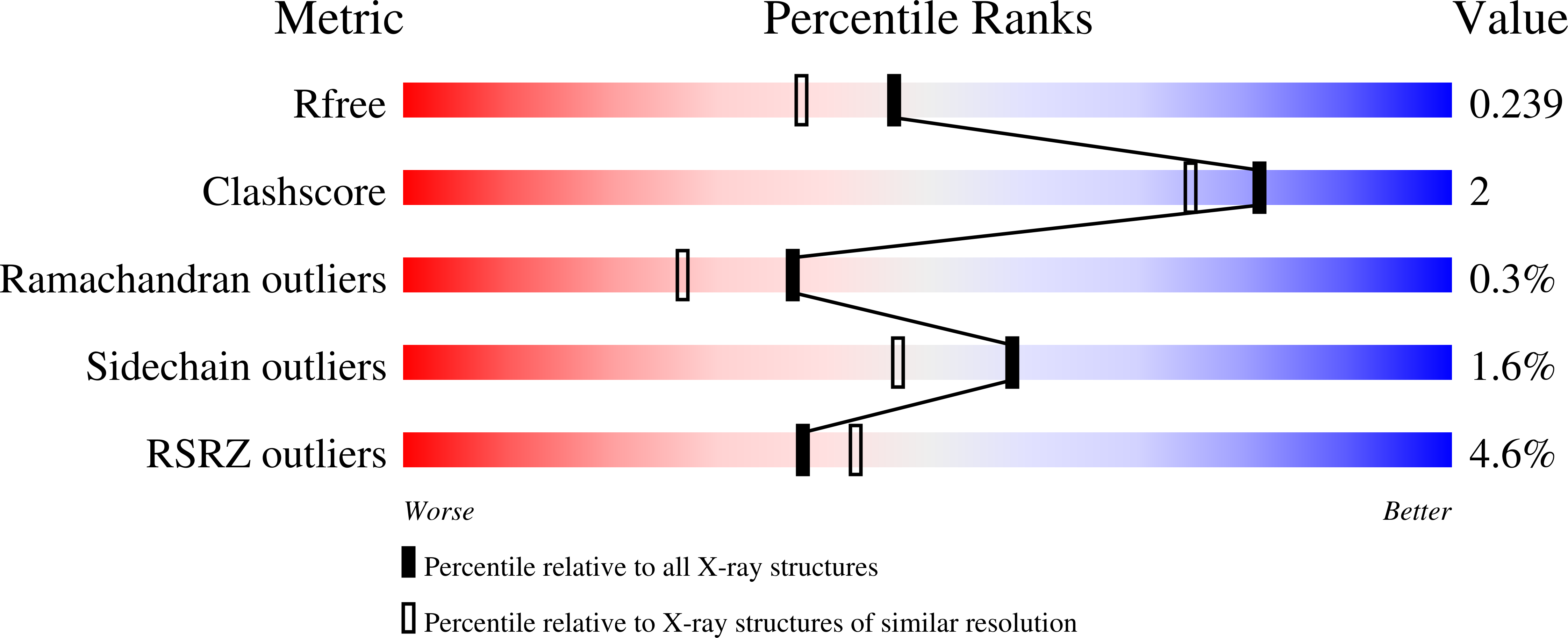
Deposition Date
2025-01-29
Release Date
2025-02-12
Last Version Date
2025-09-17
Entry Detail
PDB ID:
9I6A
Keywords:
Title:
Crystal structure of human Cdc20 bound to synthetic D-box peptide D7
Biological Source:
Source Organism:
Homo sapiens (Taxon ID: 9606)
Host Organism:
Method Details:
Experimental Method:
Resolution:
1.92 Å
R-Value Free:
0.23
R-Value Work:
0.20
R-Value Observed:
0.20
Space Group:
P 1 21 1


